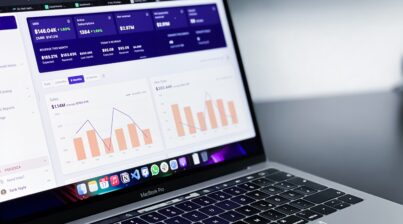We may not all be data scientists but understanding the lingo can help any HR professional be a data analyst. You probably have already done data aggregation and didn’t even know it.
Data aggregation is the gathering of information or data from one or various sources to then be processed. This is the key step for calculating metrics and analytics. Data is not very useful in its raw form, especially with large datasets from multiple databases. It’ll be difficult to identify the trends and patterns just from staring at a spreadsheet of a thousand lines.
The tech giants are in the business of data aggregation. Google, Facebook, Amazon, Apple, and many organizations collect user data. The data includes your likes, website visits, geolocation, and possibly more. It’s sold to companies for targeted marketing and advertising strategies. The topic of data privacy and whether this data aggregation violates consumer rights is a big topic right now. Tech giants are being taken to court and the public is holding them accountable.
—
From an HR perspective…
Data aggregation is beneficial because it creates anonymity and privacy. This is key for data collected from feedback like employee surveys or exit interviews. No survey is truly anonymous, even if names are not associated with the responses. Demographic information like department, business unit, location, or tenure are all important details needed to create effective solutions. But, once the data is aggregated, the responses can be reported anonymously.
For the HR analyst, the biggest challenge can be trying to aggregate data from multiple systems. It can also be the most informative use of HR data if accomplished. If you’re lucky, you have one HRIS that also houses your applicant tracking system (ATS), learning management system (LMS), performance management system (PMS), timekeeping system (TKS), and payroll. If you’re not so lucky and like the majority of HR teams, you have at least three different systems. It’ll be a difficult task to look at how performance scores in the PMS tie to salaries in the HRIS. A solution could be having a unique identifier that is consistent across all systems.
Benchmarking reports are also another benefit to data aggregation. Data is gathered across industries for companies to use as a comparison for their own policies and practices. Benchmarks are useful for knowing if you’re staying competitive within the market. Or for guidance when creating new policies and KPIs.
—
Data aggregation is an essential tool for any HR analyst. WIthout it, it’ll be impossible to create metrics and analytics and find the story in your data. An HR dashboard automatically aggregates the data for you and creates visualizations. It can be all the difference between level 2 and level 3 in your HR team’s analytics maturity. Sign up today for a free demo of our automated HR dashboard and see how it quickly lets you skip straight to the analytics.












